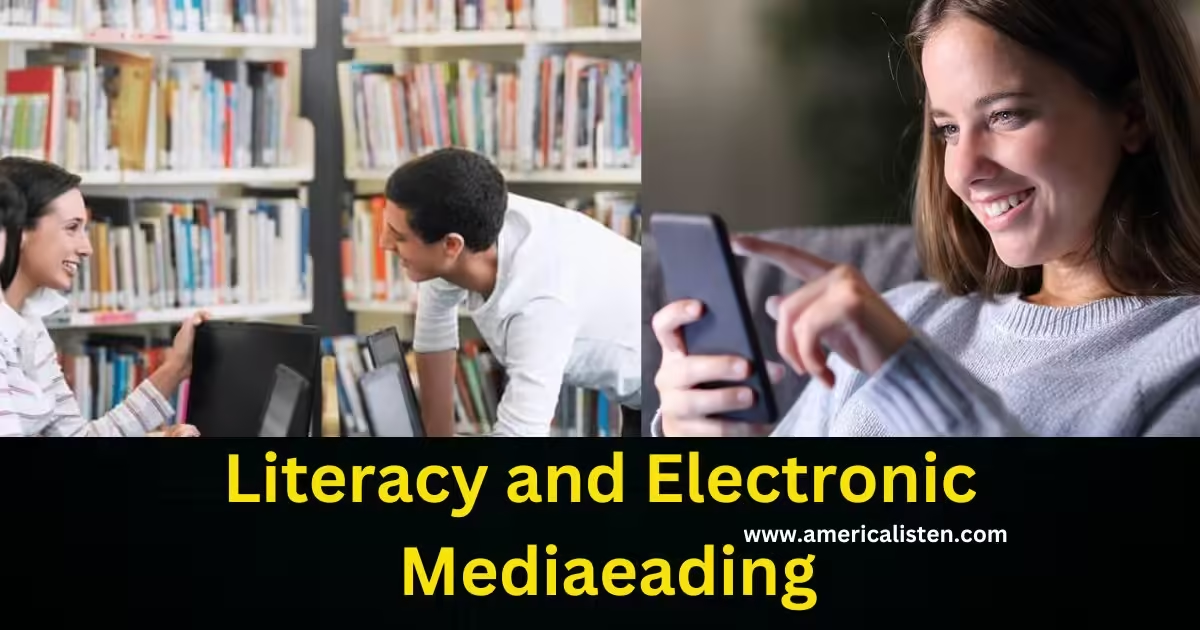Communication has come a long way from the days of hieroglyphs and smoke signals to the sophisticated digital platforms we use today. This evolution has significantly impacted literacy and the use of electronic media, shaping how we share information and connect with each other.
The Evolution of Literacy
Literacy, the ability to read and write, has always been a cornerstone of human progress. In ancient times, literacy was a privilege reserved for the elite. Writing systems like cuneiform in Mesopotamia and hieroglyphs in Egypt were complex and required years of study. As societies evolved, so did the need for broader literacy.
The invention of the printing press by Johannes Gutenberg in the 15th century was a turning point. It made books more accessible and affordable, leading to an increase in literacy rates. For the first time, ordinary people could access a wealth of knowledge, paving the way for the Renaissance and the Enlightenment.
In the 19th and 20th centuries, public education systems emerged, further promoting literacy. Governments recognised that an educated population was essential for economic growth and social stability. Reading and writing became fundamental skills taught to every child, regardless of their background.
The Rise of Electronic Media
The 20th century brought about another revolution in communication: electronic media. Radio, television, and later, the internet, transformed how we receive and share information. These media not only provided new platforms for communication but also influenced literacy in significant ways.
Radio and Television
Radio became popular in the early 20th century, providing real-time news and entertainment to millions. It was soon followed by television, which combined audio and visual elements, making information even more engaging. These mediums were especially impactful in spreading information quickly and widely, reaching people who might not be literate.
However, radio and television also posed challenges to traditional literacy. With the ease of consuming information through listening and watching, there was less incentive for people to read and write. This led to concerns about declining literacy rates and the quality of education.
The Internet and Digital Media
The advent of the internet in the late 20th century brought about the most significant shift in communication. The internet made information accessible at the click of a button, creating a global network of knowledge and connectivity. Digital media, including social media platforms, blogs, and online news outlets, have become integral to modern communication.
Digital media has had a dual impact on literacy. On one hand, it has made reading and writing more prevalent. People read articles, write emails, and engage in written communication on social media daily. On the other hand, the quality and depth of literacy can be affected by the brevity and informality often seen in digital communication.
Balancing Traditional and Modern Literacy
In today’s world, balancing traditional literacy skills with the demands of digital media is crucial. Education systems are adapting by incorporating digital literacy into their curricula. Teaching students not only to read and write but also to critically evaluate online information and communicate effectively in digital spaces is essential.
Moreover, fostering a love for reading remains important. While digital media offers convenience and instant access to information, reading books provides depth, enhances critical thinking, and improves concentration. Encouraging reading for pleasure can help maintain and improve literacy rates in the digital age.
Conclusion
The development of communication methods has been a fascinating journey, deeply intertwined with the evolution of literacy and electronic media. From the early days of writing to the digital revolution, each advancement has brought new opportunities and challenges. As we continue to navigate this ever-changing landscape, it is essential to strike a balance between embracing new technologies and preserving the fundamental skills of reading and writing. By doing so, we can ensure that communication remains a powerful tool for education, connection, and progress.


